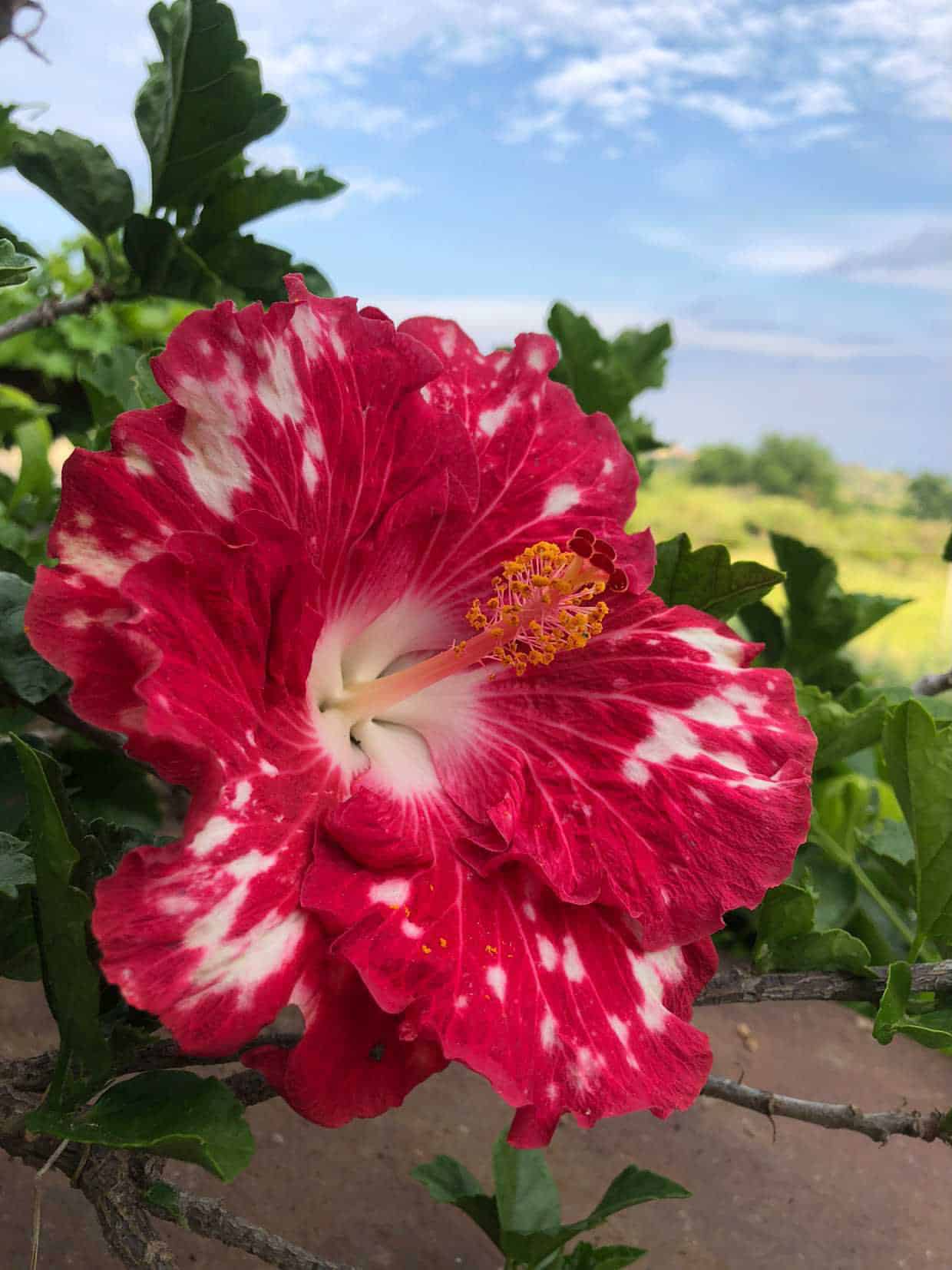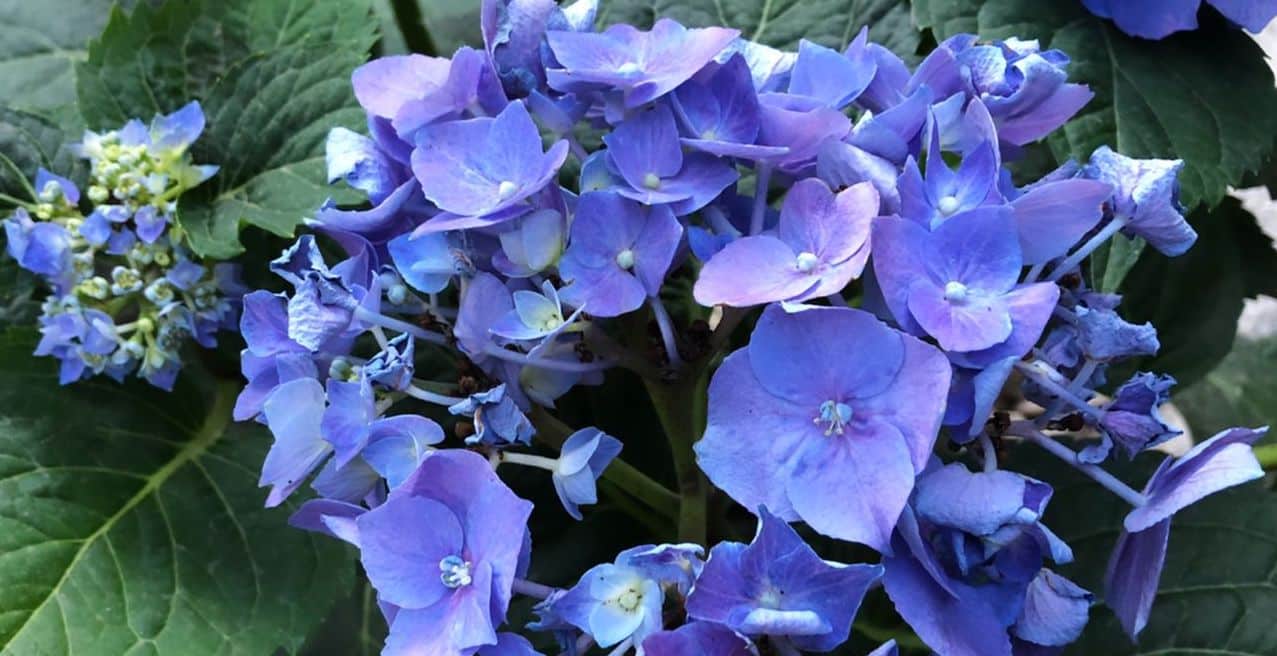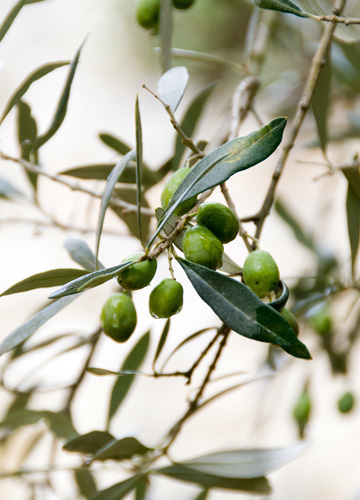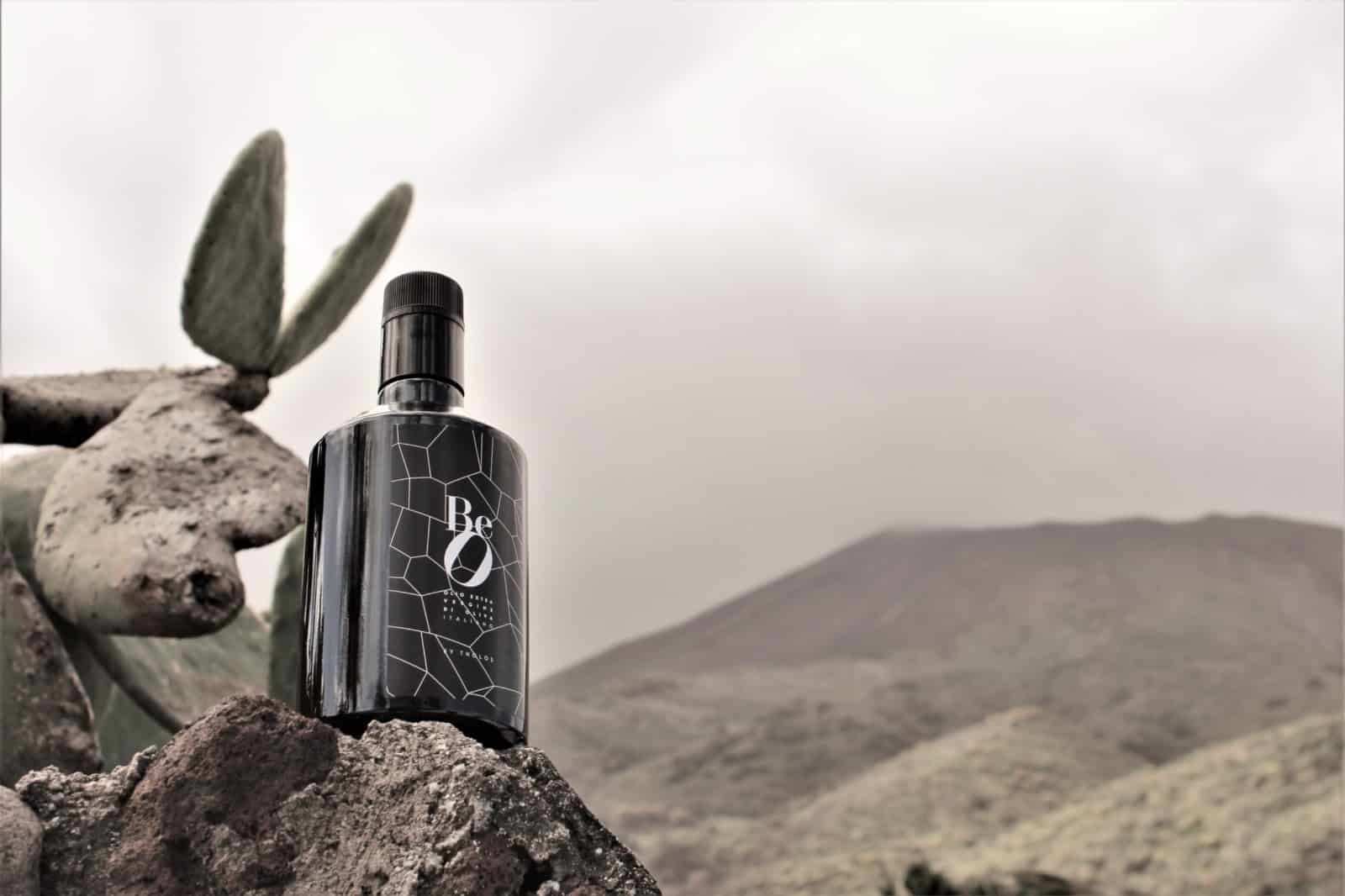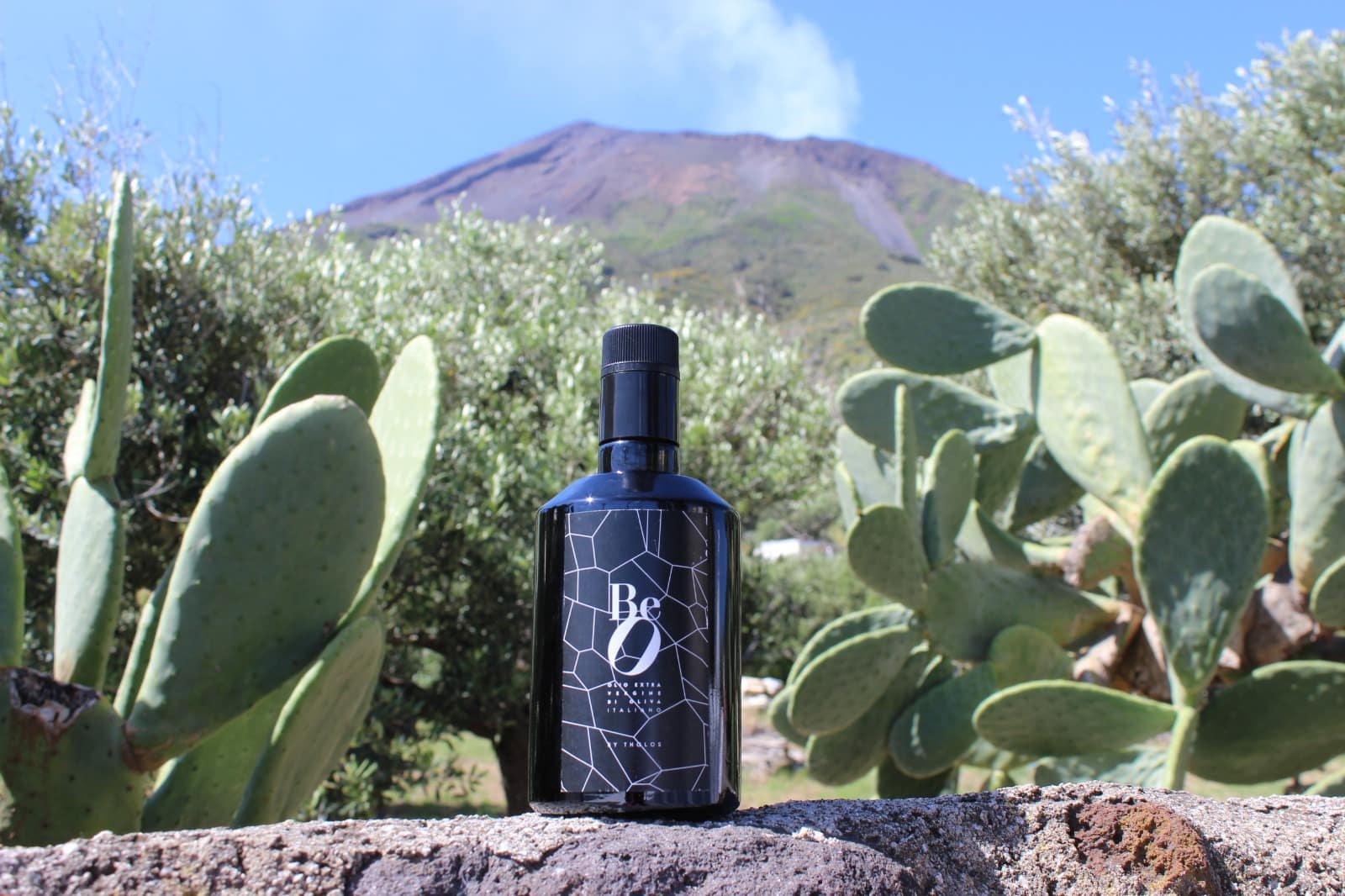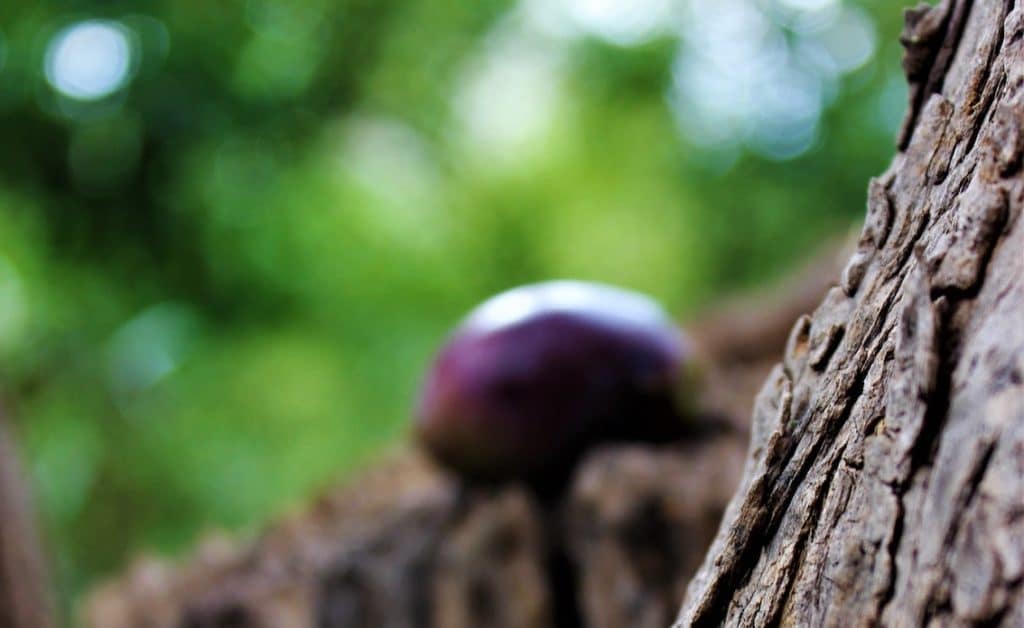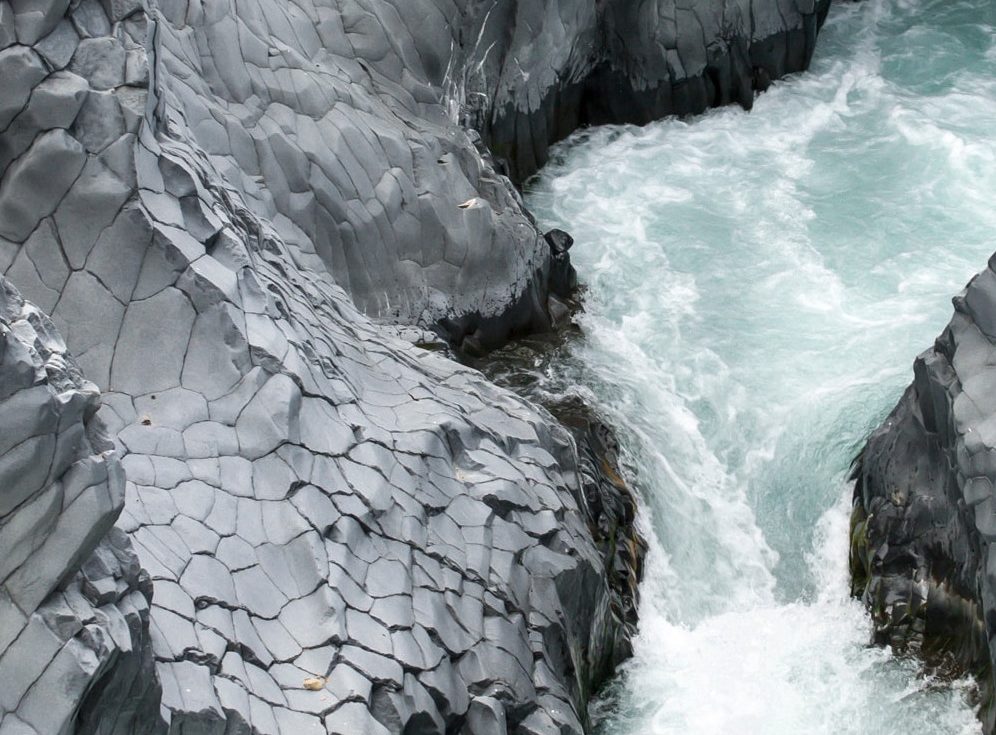
ALCANTARA GORGES: A PRICELESS HERITAGE
Sicily has always reserved for its visitors breathtaking panoramas and views that are not easily forgotten, among them the Alcantara Gorges.
Before leaving Sicily and resuming his journey towards Naples, Goethe said of our island: ‘Italy, without Sicily, leaves no image in the spirit. It is in Sicily that the key to everything is to be found. […] The purity of the contours, the softness of everything, the yielding exchange of colours, the harmonious unity of sky with sea and sea with land. […] He who has seen them once will possess them for a lifetime.”
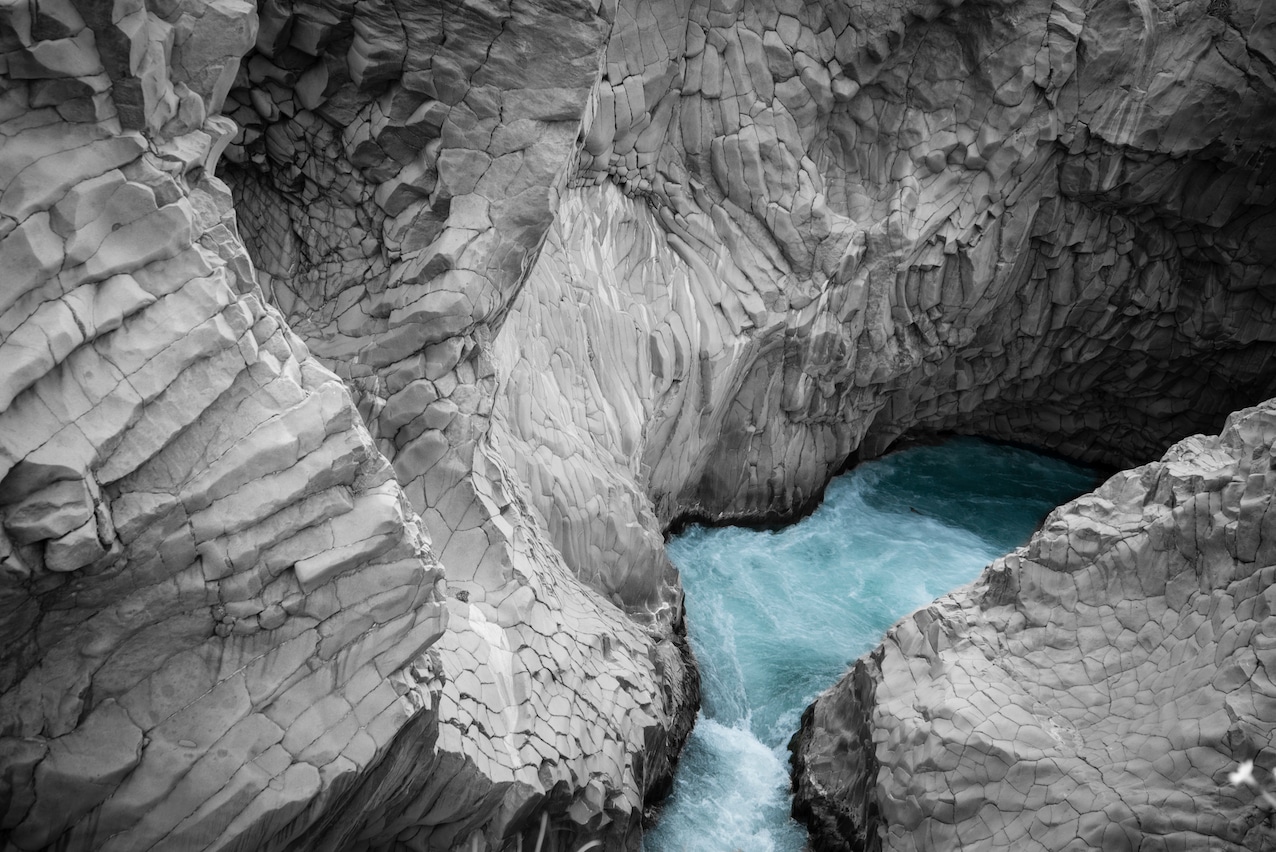
GOETHE
Goethe was a German writer, poet and playwright who in 1786 undertook his first journey to explore Italy, where he stayed for about a year and a half.
From this adventure came ‘Journey to Italy’, a work that Goethe wrote between 1813 and 1817 and published in two volumes. These contain the account of his Grand Tour from the north to the south of the country.
After visiting Castro Giovanni (Enna) with its Salso River, Goethe was about to cross a long distance on the back of his horse to arrive in Catania and stay there from 3 to 5 May 1787. Here, Goethe will meet the local nobility at Palazzo Biscari and get to know Cavalier Gioeni.
“Travellers, whoever you are, beware of the inn at the Golden Lion in Catania! It is worse than falling into the clutches of Cyclopes, Sirens and Scylla at the same time.”
In memory of his stay in Catania, a plaque has been affixed in Via San Martino, a side street of Via Garibaldi.
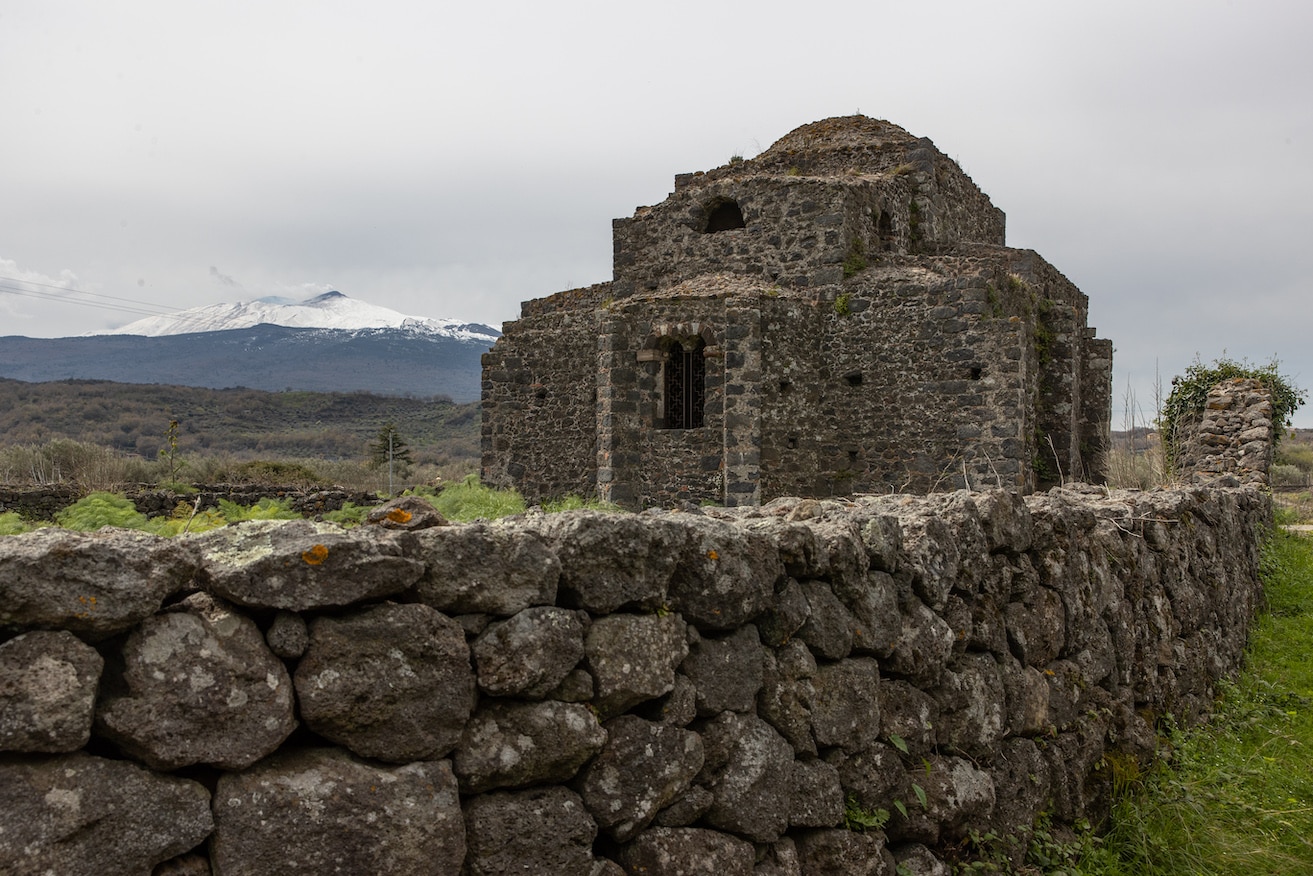
Seven months after the death of Prince Ignatius, Goethe visited the Biscari palace and met the city’s high-ranking citizens for the first time. “The abbot, who had come to greet us yesterday evening, showed up on time this morning and took us to the Palazzo Biscari, a single-storey building on an elevated basement; and here we visited the museum, which contains marble and bronze statues, vases and similar antiquities of all kinds.”
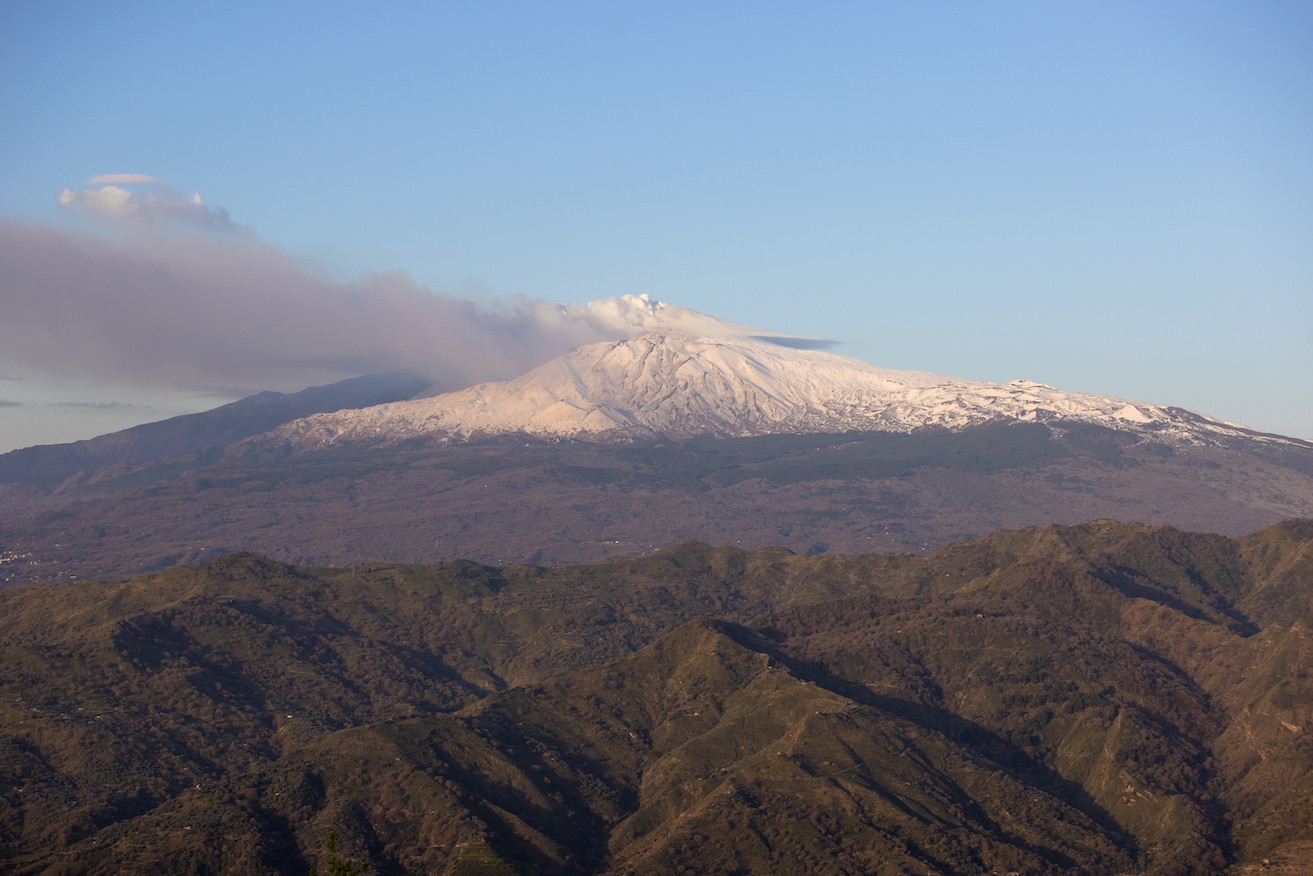
ETNA
Goethe’s second stop will be Etna with its Red Mountains. For the occasion, he will meet Cavalier Gioeni, who will give him many suggestions on how to climb Mount Etna: ‘If you want to follow my advice, ride early tomorrow to the foot of Monte Rosso. Go up to that height! You will have the most magnificent view from up there and you will be able to observe at the same time the lava that unfortunately poured from there onto the city in 1669. The view is magnificent and clear; the rest, better to be told.”
Due to adverse weather conditions, Goethe was unable to reach the summit of the volcano, which was so coveted by the writer.
The ‘rocks of Jaci’ were a stop on Goethe’s Grand Tour of Catania. Aci Castello, with its legends and its history of continuous earthquakes, eruptions and wars, managed to convey a deep sense of melancholy to the German scholar.
“We have seen the remains of water reservoirs, a naumachia and other similar ruins which, however, given the repeated destruction of the city by lava, earthquakes and wars, lie beneath the rubble and are so sunken that only an erudite connoisseur of architectural antiquities can take pleasure in them and learn from them.”
But this rugged and fascinating land, tormented over the centuries by earthquakes and volcanic eruptions, also showed its warm welcome to other illustrious personalities who favoured Taormina, such as Wilhelm von Gloeden, a German nobleman famous for his passion for photography, who immortalised male nudes that made history and scandal in 1880s Taormina.
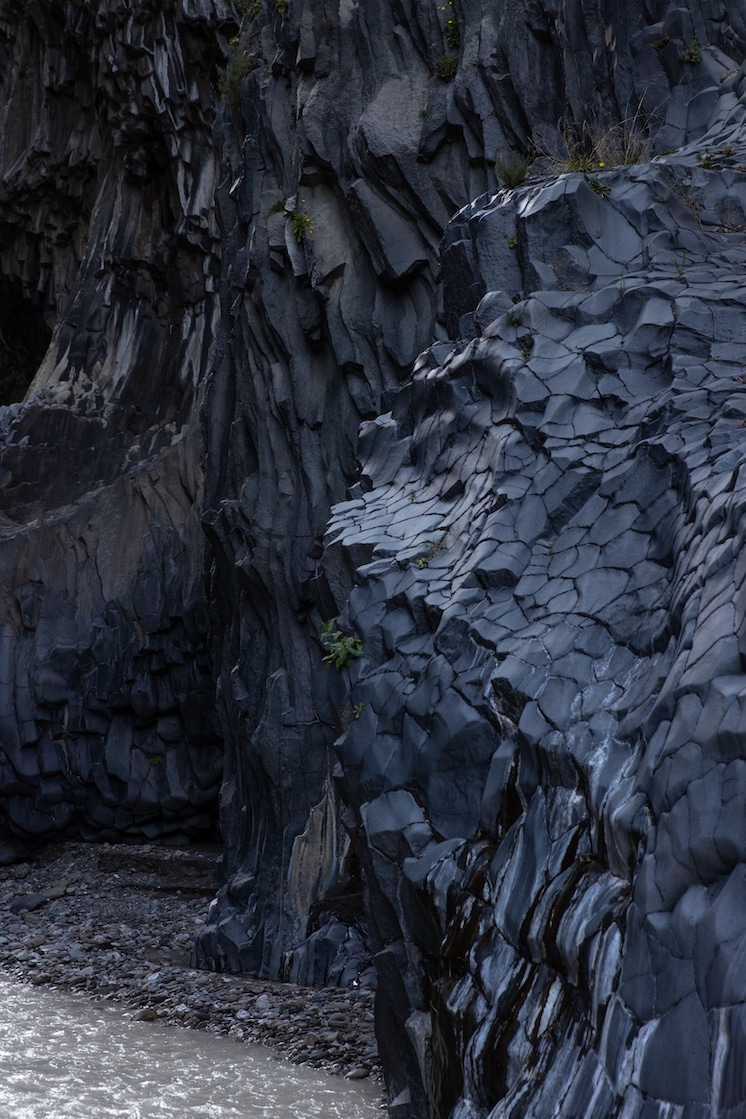
THE ALCANTARA GORGES
Right among these described sceneries that welcomed philosophers and artists from all over the world lies one of the most fascinating landscapes in existence: the Alcantara Gorge. A truly enchanting area that runs between the municipalities of Castiglione di Sicilia and Motta Camastra, in the river park of the same name. The gorges are real canyons that, contrary to what one might think, were not created by the Alcantara river, which flows through them, but originated from the cooling phenomena of ancient lava flows.
The gorges extend over more than 1900 hectares and run through a landscape that alternates between rocks and lush, wild vegetation.
Their height can even exceed 20 metres, with a width ranging from 2 to 5 metres. They are narrow, very long and very high: very special in shape. The most imposing one is undoubtedly to be found in Motta Camastra, a small municipality embedded in the rock, near Messina, overlooking a gorge no less than 6 km long.
THE ROUTES
The trails are really diverse: you can choose between a visit to the small gorges, the Calatabiano Castle trail or the one leading to Castiglione di Sicilia, the trail that runs along the banks of the Alcantara, the Gole di Larderia trail and the Montagna Grande trail.
Sports and adventure lovers can enjoy various activities, such as canyoning, i.e. descending with ropes and helmet inside the canyon; or crossing the park on a quad bike or even trying body rafting. It is also possible to go trekking in the river to observe the lava formations up close.
In summer, then, those who live in the area do not renounce bathing in the river, which is one of the most important watercourses in Sicily. Since the water here is not very high, many also like to go into the gorges, inside the canyons, for a unique experience of total immersion in nature.
THE CINEMA
The beauty they reserve has not left the cinema unmoved in the past. Because of their undeniable charm, they have been used as partial locations for various film productions, such as L’arcidiavolo (1966) by Ettore Scola, I paladini: storia d’armi e d’amori (1983) by Giacomo Battiato and Il racconto dei racconti – Tale of Tales by Matteo Garrone.
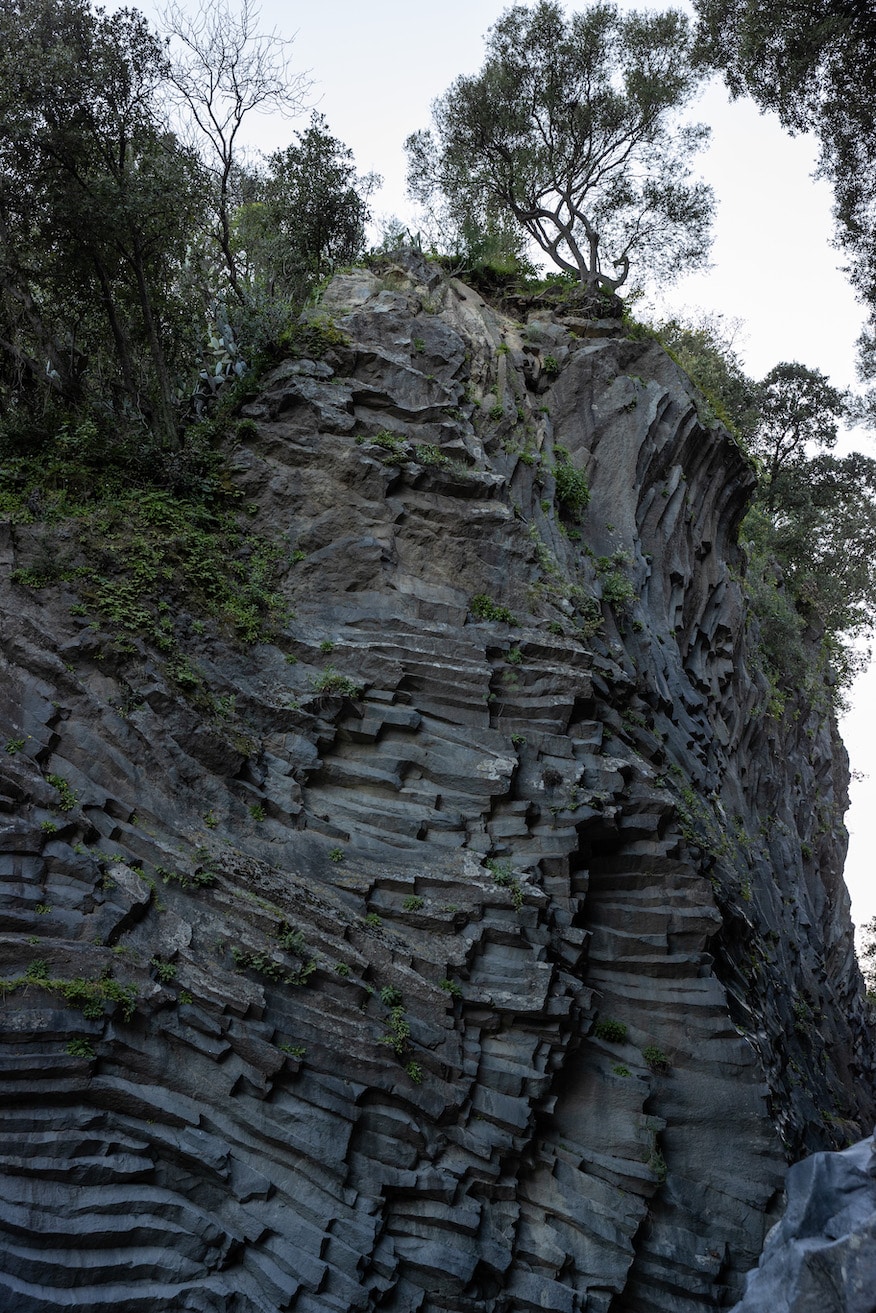
THE LEGEND
As is often the case with any suggestive place in Sicily, a legend tells of the birth of a spectacular place like the Alcantara Gorges. It is said that the spectacular Gorges are, in reality, the work of the wrath of the Gods.
What triggered this wrath was the misbehaviour of a farmer towards his brother, who was blind and from whom he took part of the harvest by overturning the vessel with which he took the grain. At the end of the harvest, therefore, that less-than-honest brother had an abundance of grain, while the other had to make do with a small amount of the same.
The disloyalty towards the one who had no means to defend himself sent the gods into a rage, who hurled a thunderbolt at the farmer that killed him. The thunderbolt also turned his mound of grain into a mountain of brown earth that began to erupt an enormous amount of lava that covered the entire valley. At this point, myth and reality meet.
The mythological explanation of the formation of the Alcantara Valley seems, in fact, to bear similarities to a geological episode that really happened in the 3rd millennium BC.
It was the eruption of the small cone of Mount Mojo, a very ancient volcano located between Mount Etna and the Peloritani Mountains, which caused a massive lava flow that pushed its way towards the sea, crossing the valley.
While the stones were still incandescent, a seismic phenomenon in conjunction with the eruption modelled their shapes. The earthquake caused a deep and narrow fissure in the ground, into which the mighty waters of the Alcantara river crept. These further excavated the canyon walls and thus moulded the rocks, generating the spectacular Gorge.
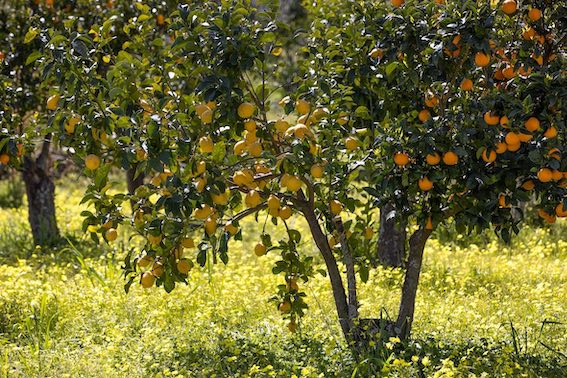
THE RICHNESS OF THE ALCANTARA RIVER VALLEY
The world is full of evocative places where nature proposes different mixes that leave one breathless. The Alcantara Gorge has distinguished itself for this thanks to an enormous variety of natural forces that have combined. The explosion of volcanoes, the erosive action of the river, and temperature changes over the centuries have allowed the territory to structure itself in such a way that anyone who visits it is unquestionably enraptured.
The peculiar basaltic prisms are evident, extending for a stretch of about 400 metres, only a few metres narrow and with walls up to 50 metres high.
Over time, numerous artists have tried their hand at describing, reproducing and fixing the images of a unique natural scenery, which in 2010 was awarded European Destination of Excellence (EDEN) status.
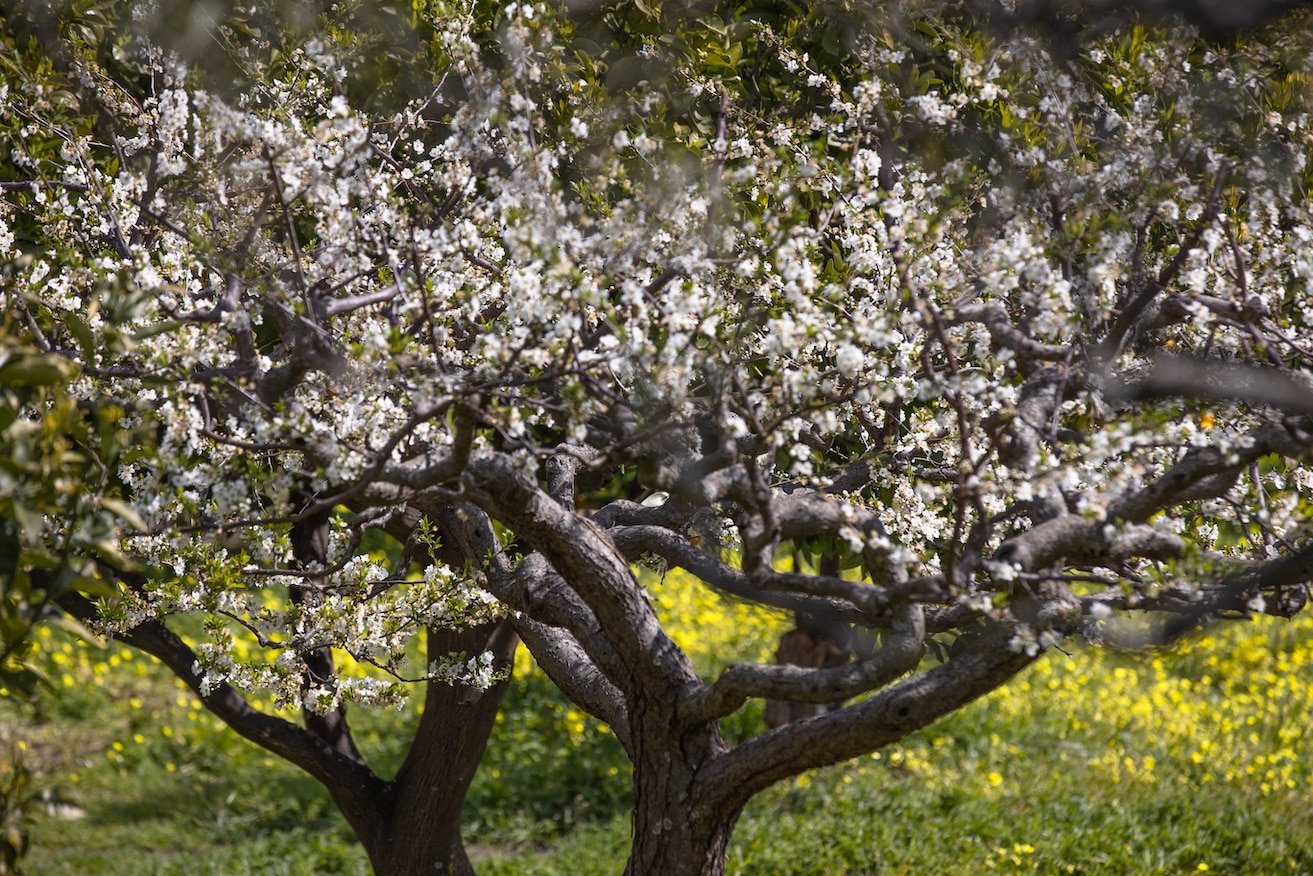
THE LAND
But it is not only the magnificent natural architecture that captivates, but also everything that manages to develop in this magnificent place. Since before the advent of chemical fertilisers made their entrance into the world of agriculture, which are highly polluting and difficult to dispose of, man has always used what nature had to offer to make his crops abundant and of quality.
From wood ash to animal dung, the soil was able to benefit, but those born close to volcanoes have experienced the enormous fertilising capacity of the ash produced by eruptions.
Volcanic ash contains very high concentrations of minerals and, when mixed with soil, many nutrients such as phosphates, nitrates, potassium and calcium (among others) are able to be generated and are necessary for healthy plant growth. Soils known as volcanic are usually basalt-based.
Basalt-based soils are richer in nutrients than any other soil type, but fertility varies depending on the extent of weathering, slope, aspect, drainage and the history of clearing and land use.
Basalts are rich in easily weathered minerals, particularly iron, calcium, magnesium and phosphorous. They also have a high clay content but are essentially devoid of resistant minerals such as quartz. When rain falls on volcanic soil, it dissolves some of these elements and makes them available to plants, which inevitably find a huge amount of nutrients to grow better.
BIODIVERSITY
In an area as volcanic as the Alcantara Gorges, nature literally explodes throughout the year and in spring is at its most splendid.
In fact, the banks of the river are a continuous bloom of violets, poppies, anemone, myrtle, dog rose, terebinth, oleander and various species of orchids. Citrus fruits, prickly pears and other fruit trees express their majesty and generosity to the fullest, right up to the undisputed king of these places: the olive tree.
THE OIL OF THE ALCANTARA VALLEY
For many years now, each one of us has made a careful choice in what we buy and serve on the table; we pay attention to the label, the price, the origin of each product to always guarantee a fresh, good and healthy product.
We tend as much as possible to have the finished product at kilometre 0. Indeed, from an ecosystem as rich as the Alcantara Valley comes an extra virgin oil with an intense, slightly fruity flavour: Tholos’ BeO Extra Virgin Olive Oil.
BeO EVO Oil has a golden green colour, with a hint of spiciness, persistent on the palate but delicate on food, of which it enhances the flavours. An oil that encapsulates the flavours, aromas and beneficial qualities derived from a healthy, fertile, uncontaminated land such as that of the ALCANTARA GORGES.







Sicily has always reserved for its visitors breathtaking panoramas and views that are not easily forgotten, among them the Alcantara Gorges.
Before leaving Sicily and resuming his journey towards Naples, Goethe said of our island: ‘Italy, without Sicily, leaves no image in the spirit. It is in Sicily that the key to everything is to be found. […] The purity of the contours, the softness of everything, the yielding exchange of colours, the harmonious unity of sky with sea and sea with land. […] He who has seen them once will possess them for a lifetime.”
GOETHE
Goethe was a German writer, poet and playwright who in 1786 undertook his first journey to explore Italy, where he stayed for about a year and a half.
From this adventure came ‘Journey to Italy’, a work that Goethe wrote between 1813 and 1817 and published in two volumes. These contain the account of his Grand Tour from the north to the south of the country.
After visiting Castro Giovanni (Enna) with its Salso River, Goethe was about to cross a long distance on the back of his horse to arrive in Catania and stay there from 3 to 5 May 1787. Here, Goethe will meet the local nobility at Palazzo Biscari and get to know Cavalier Gioeni.
“Travellers, whoever you are, beware of the inn at the Golden Lion in Catania! It is worse than falling into the clutches of Cyclopes, Sirens and Scylla at the same time.”
In memory of his stay in Catania, a plaque has been affixed in Via San Martino, a side street of Via Garibaldi.
Seven months after the death of Prince Ignatius, Goethe visited the Biscari palace and met the city’s high-ranking citizens for the first time. “The abbot, who had come to greet us yesterday evening, showed up on time this morning and took us to the Palazzo Biscari, a single-storey building on an elevated basement; and here we visited the museum, which contains marble and bronze statues, vases and similar antiquities of all kinds.”
ETNA
Goethe’s second stop will be Etna with its Red Mountains. For the occasion, he will meet Cavalier Gioeni, who will give him many suggestions on how to climb Mount Etna: ‘If you want to follow my advice, ride early tomorrow to the foot of Monte Rosso. Go up to that height! You will have the most magnificent view from up there and you will be able to observe at the same time the lava that unfortunately poured from there onto the city in 1669. The view is magnificent and clear; the rest, better to be told.”
Due to adverse weather conditions, Goethe was unable to reach the summit of the volcano, which was so coveted by the writer.
The ‘rocks of Jaci’ were a stop on Goethe’s Grand Tour of Catania. Aci Castello, with its legends and its history of continuous earthquakes, eruptions and wars, managed to convey a deep sense of melancholy to the German scholar.
“We have seen the remains of water reservoirs, a naumachia and other similar ruins which, however, given the repeated destruction of the city by lava, earthquakes and wars, lie beneath the rubble and are so sunken that only an erudite connoisseur of architectural antiquities can take pleasure in them and learn from them.”
But this rugged and fascinating land, tormented over the centuries by earthquakes and volcanic eruptions, also showed its warm welcome to other illustrious personalities who favoured Taormina, such as Wilhelm von Gloeden, a German nobleman famous for his passion for photography, who immortalised male nudes that made history and scandal in 1880s Taormina.
THE ALCANTARA GORGES
Right among these described sceneries that welcomed philosophers and artists from all over the world lies one of the most fascinating landscapes in existence: the Alcantara Gorge. A truly enchanting area that runs between the municipalities of Castiglione di Sicilia and Motta Camastra, in the river park of the same name. The gorges are real canyons that, contrary to what one might think, were not created by the Alcantara river, which flows through them, but originated from the cooling phenomena of ancient lava flows.
The gorges extend over more than 1900 hectares and run through a landscape that alternates between rocks and lush, wild vegetation.
Their height can even exceed 20 metres, with a width ranging from 2 to 5 metres. They are narrow, very long and very high: very special in shape. The most imposing one is undoubtedly to be found in Motta Camastra, a small municipality embedded in the rock, near Messina, overlooking a gorge no less than 6 km long.
THE ROUTES
The trails are really diverse: you can choose between a visit to the small gorges, the Calatabiano Castle trail or the one leading to Castiglione di Sicilia, the trail that runs along the banks of the Alcantara, the Gole di Larderia trail and the Montagna Grande trail.
Sports and adventure lovers can enjoy various activities, such as canyoning, i.e. descending with ropes and helmet inside the canyon; or crossing the park on a quad bike or even trying body rafting. It is also possible to go trekking in the river to observe the lava formations up close.
In summer, then, those who live in the area do not renounce bathing in the river, which is one of the most important watercourses in Sicily. Since the water here is not very high, many also like to go into the gorges, inside the canyons, for a unique experience of total immersion in nature.
THE CINEMA
The beauty they reserve has not left the cinema unmoved in the past. Because of their undeniable charm, they have been used as partial locations for various film productions, such as L’arcidiavolo (1966) by Ettore Scola, I paladini: storia d’armi e d’amori (1983) by Giacomo Battiato and Il racconto dei racconti – Tale of Tales by Matteo Garrone.
THE LEGEND
As is often the case with any suggestive place in Sicily, a legend tells of the birth of a spectacular place like the Alcantara Gorges. It is said that the spectacular Gorges are, in reality, the work of the wrath of the Gods.
What triggered this wrath was the misbehaviour of a farmer towards his brother, who was blind and from whom he took part of the harvest by overturning the vessel with which he took the grain. At the end of the harvest, therefore, that less-than-honest brother had an abundance of grain, while the other had to make do with a small amount of the same.
The disloyalty towards the one who had no means to defend himself sent the gods into a rage, who hurled a thunderbolt at the farmer that killed him. The thunderbolt also turned his mound of grain into a mountain of brown earth that began to erupt an enormous amount of lava that covered the entire valley. At this point, myth and reality meet.
The mythological explanation of the formation of the Alcantara Valley seems, in fact, to bear similarities to a geological episode that really happened in the 3rd millennium BC.
It was the eruption of the small cone of Mount Mojo, a very ancient volcano located between Mount Etna and the Peloritani Mountains, which caused a massive lava flow that pushed its way towards the sea, crossing the valley.
While the stones were still incandescent, a seismic phenomenon in conjunction with the eruption modelled their shapes. The earthquake caused a deep and narrow fissure in the ground, into which the mighty waters of the Alcantara river crept. These further excavated the canyon walls and thus moulded the rocks, generating the spectacular Gorge.
THE RICHNESS OF THE ALCANTARA RIVER VALLEY
The world is full of evocative places where nature proposes different mixes that leave one breathless. The Alcantara Gorge has distinguished itself for this thanks to an enormous variety of natural forces that have combined. The explosion of volcanoes, the erosive action of the river, and temperature changes over the centuries have allowed the territory to structure itself in such a way that anyone who visits it is unquestionably enraptured.
The peculiar basaltic prisms are evident, extending for a stretch of about 400 metres, only a few metres narrow and with walls up to 50 metres high.
Over time, numerous artists have tried their hand at describing, reproducing and fixing the images of a unique natural scenery, which in 2010 was awarded European Destination of Excellence (EDEN) status.
THE LAND
But it is not only the magnificent natural architecture that captivates, but also everything that manages to develop in this magnificent place. Since before the advent of chemical fertilisers made their entrance into the world of agriculture, which are highly polluting and difficult to dispose of, man has always used what nature had to offer to make his crops abundant and of quality.
From wood ash to animal dung, the soil was able to benefit, but those born close to volcanoes have experienced the enormous fertilising capacity of the ash produced by eruptions.
Volcanic ash contains very high concentrations of minerals and, when mixed with soil, many nutrients such as phosphates, nitrates, potassium and calcium (among others) are able to be generated and are necessary for healthy plant growth. Soils known as volcanic are usually basalt-based.
Basalt-based soils are richer in nutrients than any other soil type, but fertility varies depending on the extent of weathering, slope, aspect, drainage and the history of clearing and land use.
Basalts are rich in easily weathered minerals, particularly iron, calcium, magnesium and phosphorous. They also have a high clay content but are essentially devoid of resistant minerals such as quartz. When rain falls on volcanic soil, it dissolves some of these elements and makes them available to plants, which inevitably find a huge amount of nutrients to grow better.
BIODIVERSITY
In an area as volcanic as the Alcantara Gorges, nature literally explodes throughout the year and in spring is at its most splendid.
In fact, the banks of the river are a continuous bloom of violets, poppies, anemone, myrtle, dog rose, terebinth, oleander and various species of orchids. Citrus fruits, prickly pears and other fruit trees express their majesty and generosity to the fullest, right up to the undisputed king of these places: the olive tree.
THE OIL OF THE ALCANTARA VALLEY
For many years now, each one of us has made a careful choice in what we buy and serve on the table; we pay attention to the label, the price, the origin of each product to always guarantee a fresh, good and healthy product.
We tend as much as possible to have the finished product at kilometre 0. Indeed, from an ecosystem as rich as the Alcantara Valley comes an extra virgin oil with an intense, slightly fruity flavour: Tholos’ BeO Extra Virgin Olive Oil.
BeO EVO Oil has a golden green colour, with a hint of spiciness, persistent on the palate but delicate on food, of which it enhances the flavours. An oil that encapsulates the flavours, aromas and beneficial qualities derived from a healthy, fertile, uncontaminated land such as that of the ALCANTARA GORGES.

